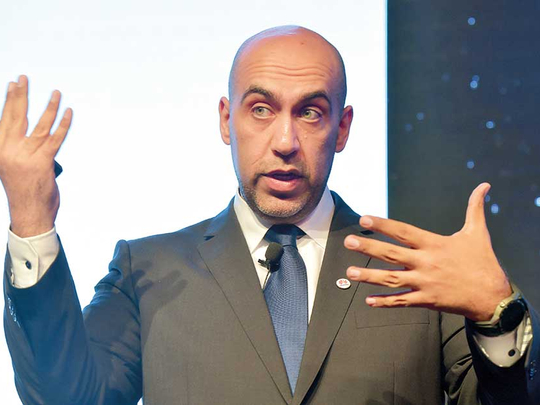
Dubai: The UAE, Qatar and Saudi Arabia remain top “adopter” economies in terms of connectivity within the Arab world, according to Huawei’s Global Connectivity Index (GCI) 2017 report.
The adopter economies have an average GDP (gross domestic product) per capita of $15,000 (Dh55,050) and nations in this cluster experience the biggest GDP growth from ICT (information and communications technology) infrastructure.
Sami Nashwan, vice-president for strategy consulting at Huawei Middle East, revealed on the sidelines of the Samena Telecom Leaders’ Summit 2017, that digitally-advanced and digitally-developing nations continue to gain strong economic growth and secure larger ICT investments, while less developed nations see much slower growth, widening the digital divide between nations into a chasm.
The UAE is ranked 18th, Qatar 22nd and Saudi Arabia 29th globally while the US is ranked first, followed by Singapore in the second place and Sweden in third.
Nashwan said that investing in five key technologies — broadband, data centres, cloud, big data and Internet of Things — enables countries to digitise their economies.
Increasing investment
The GCI report measures the relationship between ICT investment and GDP growth, and shows that every additional $1 of ICT infrastructure investment made could bring a return of $3 in GDP at present, $3.70 in 2020, and the potential return increases to $5 in 2025.
“While this presents a clear case for increasing investment in ICT, the report also reveals that countries which invest in ICT gain an accumulated advantage over time which has a multiplier effect and enables them to distance themselves ahead of competitors, as well causing a widening of the digital divide to become a digital chasm,” Nashwan said.
He added that if policymakers incorporate an additional 10 per cent in ICT infrastructure investment each year into their economic master plans starting now, they could bring an accumulative figure of $17.6 trillion in GDP to boost the global economy by 2025.












